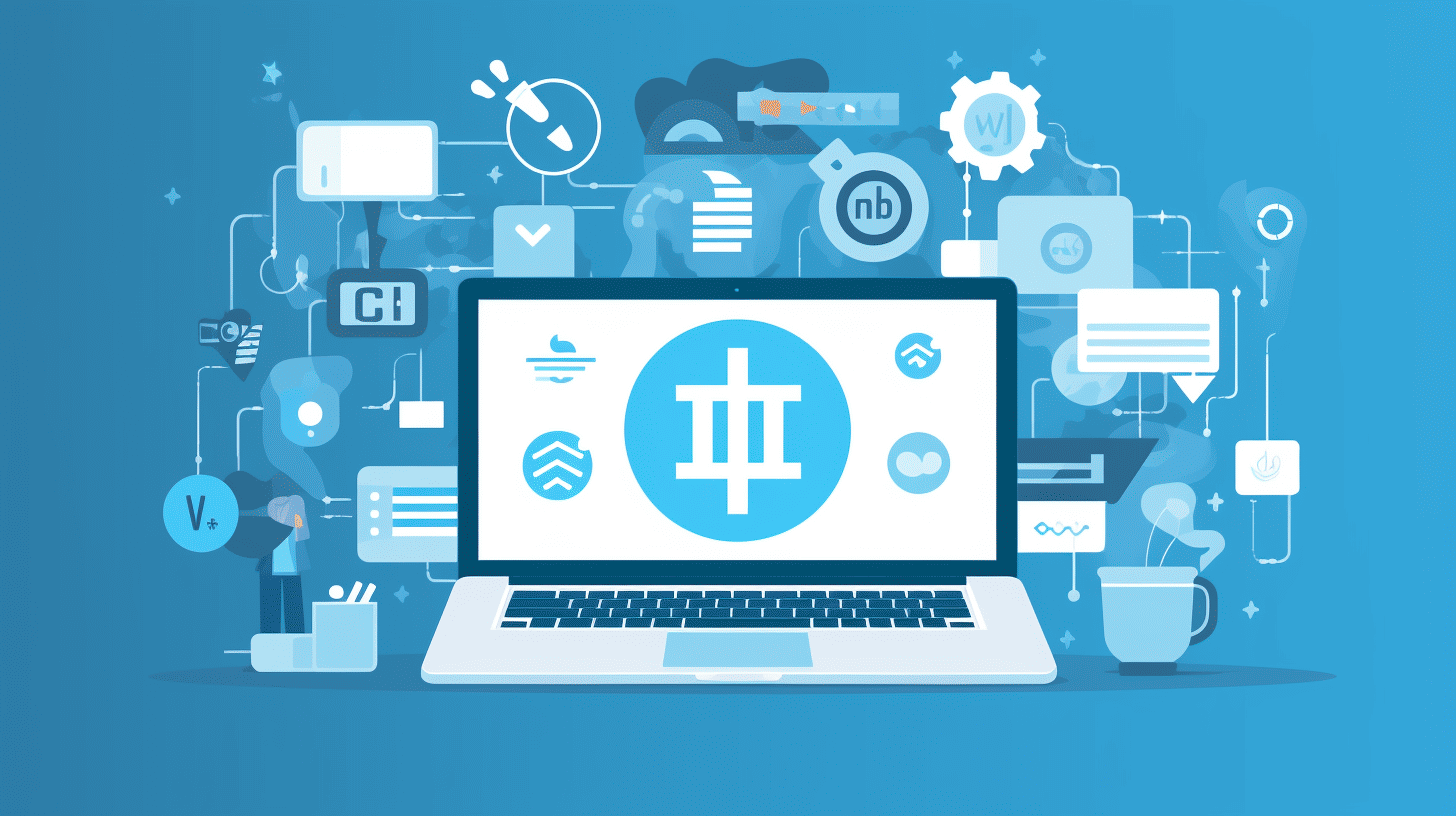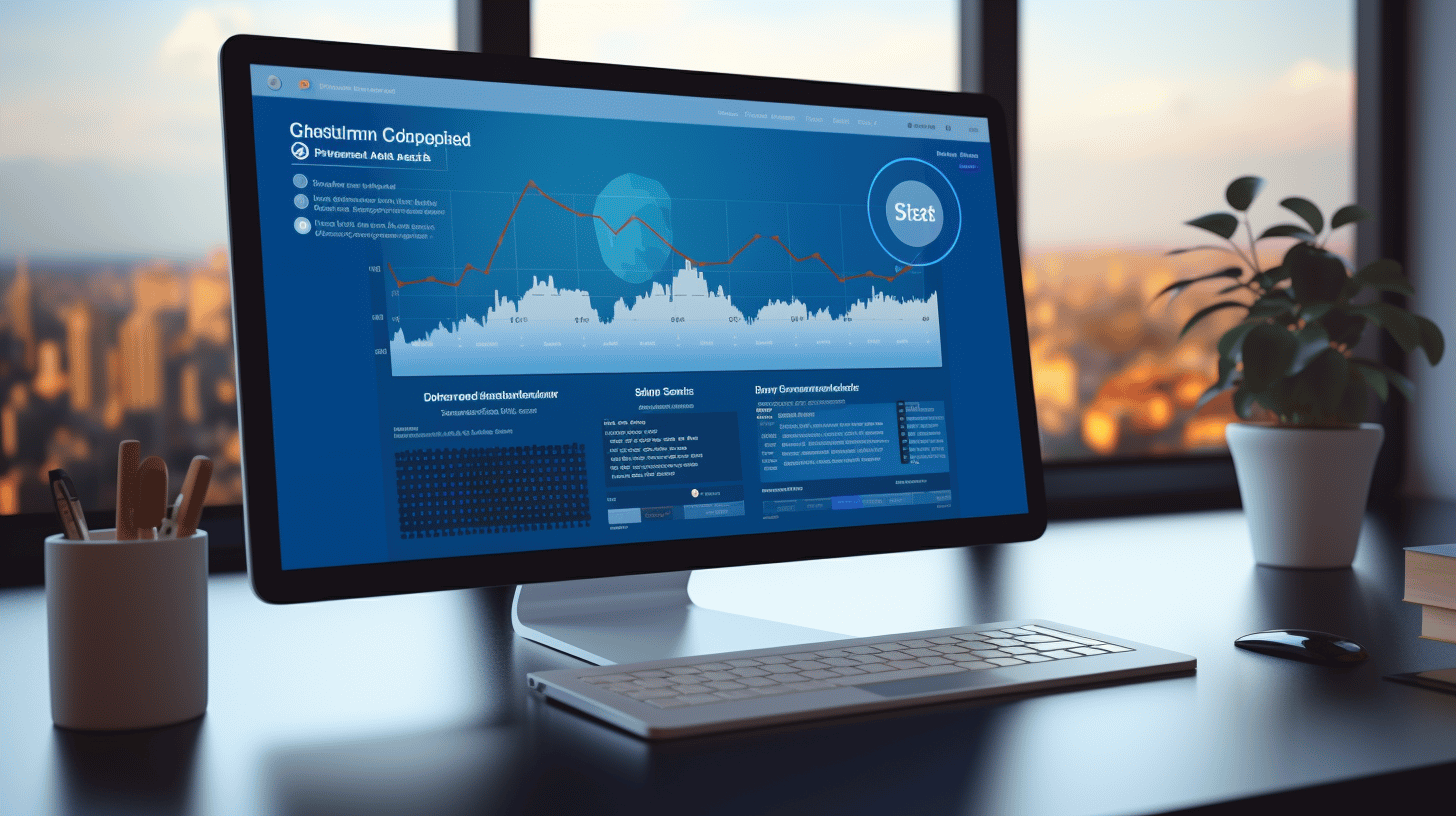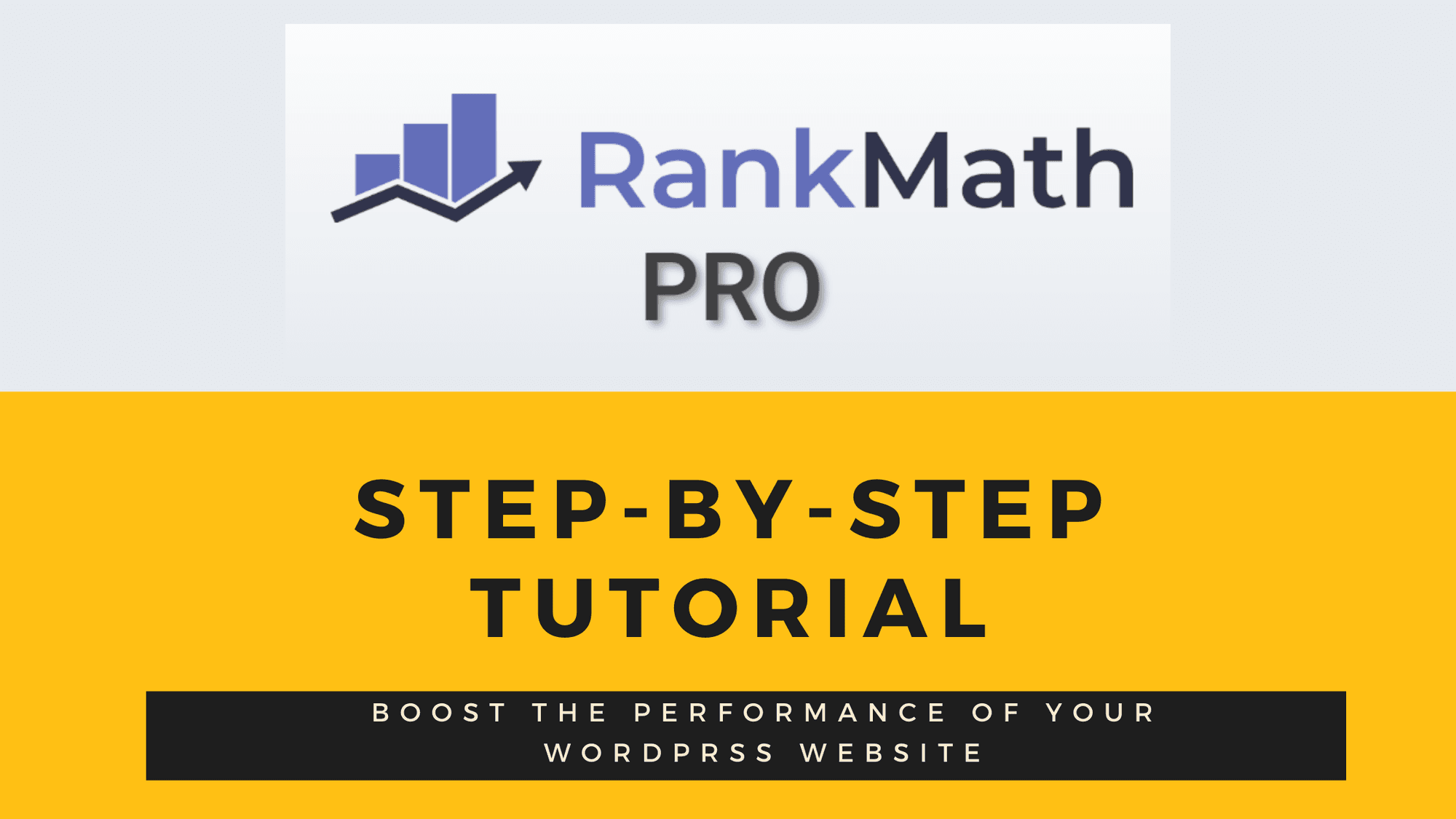| 插件名稱 | 終極標籤戰士進口商 |
|---|---|
| 漏洞類型 | CSRF |
| CVE編號 | CVE-2025-9374 |
| 緊急 | 低的 |
| CVE 發布日期 | 2025-08-28 |
| 來源網址 | CVE-2025-9374 |
緊急安全公告:Ultimate Tag Warrior Importer (≤ 0.2) 存在 CSRF 漏洞
發布日期: 2025年8月28日
CVE 參考編號: CVE-2025-9374
受影響的插件: Ultimate Tag Warrior 導入器(版本最高至 0.2)
嚴重程度: 低(CVSS 4.3)-截至揭露日期,尚無可用修補程式。
研究資料來源: 納比爾·伊拉萬
作為總部位於美國的 WordPress 安全專家,Managed-WP 致力於提供關於影響 WordPress 環境的漏洞的及時有效的資訊。本次揭露針對的是 Ultimate Tag Warrior Importer 外掛程式中的一個跨站請求偽造 (CSRF) 漏洞。我們將從專家的角度分析該風險的性質、利用機制、檢測方法,以及您可以立即實施的清晰有效的緩解策略,包括透過 WAF 進行虛擬修補和推薦的代碼級安全措施。
筆記: 本指南重點在於管理多個網站或敏感 WordPress 部署的組織的運作安全性。
重點總結
- Ultimate Tag Warrior Importer 外掛程式(≤ 0.2)存在 CSRF 漏洞(CVE-2025-9374)。
- 目前尚未發布官方補丁。
- 雖然嚴重程度被評為低(CVSS 4.3),但此漏洞可能允許攻擊者脅迫已認證的管理員執行非預期的插件操作。
- 立即採取的措施包括:如果外掛程式並非至關重要,請停用或刪除該外掛程式;或使用 WAF 規則應用虛擬修補程式來阻止漏洞利用嘗試並加強伺服器端請求驗證。
- Managed-WP 客戶可以使用客製化的 WAF 配置來有效緩解此漏洞;如果您使用的是免費套餐,請考慮升級到我們的基本計劃以獲得託管保護。
理解 CSRF 及其意義
跨站請求偽造 (CSRF) 攻擊利用網站對使用者瀏覽器的信任,透過已認證的會話執行未經授權的操作。如果 Ultimate Tag Warrior Importer 外掛程式在未採取嚴格的 nonce 保護和功能驗證措施的情況下公開管理員功能(例如導入標籤),攻擊者只需訪問一個惡意構造的頁面,即可誘騙管理員執行破壞性或惡意命令。
具體來說:
- 該漏洞存在於 WordPress 管理面板中的匯入處理端點。
- 缺乏足夠的 nonce 或 referer 驗證意味著可以偽造狀態變更請求。
- 攻擊者無需直接身份驗證即可更改內容分類或元資料。
雖然這不允許執行任意程式碼,但會損害完整性,並可能擾亂網站運行或搜尋引擎優化。
攻擊向量和影響
成功利用漏洞需要:
- 在目標 WordPress 網站上處於活動管理員會話狀態。
- 誘騙管理員造訪惡意連結或頁面(網路釣魚、廣告等)。
- 該插件正在處理缺少 nonce 驗證的未經授權的 POST 請求。
潛在後果包括:
- 未經授權匯入或修改標籤和分類,影響內容組織和搜尋引擎優化。
- 透過管理端點執行意外的外掛程式操作。
- 利用此漏洞作為跳板,發動更廣泛的攻擊,包括社會工程攻擊或後續漏洞。
低嚴重性反映了使用者互動的必要性和有限的範圍,但歷史上曾觀察到針對類似途徑的廣泛自動化濫用行為。
評估您是否受到影響
- 外掛審核:
- 清點所有 WordPress 安裝,以驗證 Ultimate Tag Warrior Importer 是否存在。
- 確定正在運行的插件版本-任何≤0.2的版本都存在漏洞。
- 日誌分析:
- 仔細檢查管理員活動日誌,尋找向 admin-post.php 或 admin-ajax.php 發送的可疑 POST 請求,這些請求必須包含與匯入程式相關的操作參數。
- 注意標籤、分類法的任何異常變化或可疑的進口活動。
- 伺服器日誌:
- 審查帶有外部引用標頭的請求,以及向 wp-admin 管理端點發送的 POST 請求。
- 檔案系統檢查:
- 如果插件寫入文件,請檢查是否有意外的文件變更—這種情況很少見,但值得驗證。
- 行為指標:
- 出現意料之外的新分類標籤或突然導入的結果,且無法解釋其操作原因。
如果您確認正在使用且懷疑已接觸,請立即採取以下概述的緩解措施。
立即採取的緩解策略
採取務實、分層的方法:首先阻止風險,控制風險敞口,然後實施長期補救措施。
- 停用: 如果插件並非必需,請將其移除。這是消除風險最簡單的方法。
- 限制性保留:
- 盡可能透過 IP 位址限制 wp-admin 存取權限。
- 對管理員帳戶強制執行雙重認證 (2FA),以降低會話劫持風險。
- 部署 Web 應用程式防火牆 (WAF) 規則,以偵測和封鎖針對此漏洞的惡意要求—對於 Managed-WP 客戶,這些規則可立即使用。
- 開發者補丁:
- 在所有狀態變更匯入表單中新增 nonce 欄位。
- 在伺服器端請求處理程序中驗證 nonce 值和使用者權限。
- 這些操作必須僅使用 POST 請求。
- 監控:
- 加強對管理員 POST 端點的日誌記錄,並審查異常請求模式。
- 設定異常分類修改或匯入活動警報。
開發者補丁範例
對於網站開發者或外掛程式維護者,這裡提供一個基本的漏洞緩解方案。請根據您的插件程式碼結構進行調整。
在管理員表單中插入 nonce:
處理程序中的隨機數字和能力驗證:
<?php
function utw_importer_do_import_handler() {
if ( $_SERVER['REQUEST_METHOD'] !== 'POST' ) {
wp_die( 'Invalid request method' );
}
if ( ! isset( $_POST['utw_import_nonce'] ) || ! wp_verify_nonce( $_POST['utw_import_nonce'], 'utw_import_action' ) ) {
wp_die( 'Nonce verification failed' );
}
if ( ! current_user_can( 'manage_options' ) ) {
wp_die( 'Insufficient permissions' );
}
// Proceed with import...
}
add_action( 'admin_post_utw_importer_do_import', 'utw_importer_do_import_handler' );
?>
重要提示:
- 根據所需的最低權限調整功能檢查(例如,如果適用,管理類別)。
- 如果涉及 AJAX 端點,請將 nonce 驗證替換為
檢查 Ajax 引用者(). - Referer 標頭驗證是一個有用的機制,但永遠無法取代正確的 nonce 值。
建議的 WAF / 虛擬補丁規則
如果立即移除外掛程式或修補外掛程式不可行,請在您的 Web 應用程式防火牆或 Managed-WP 防火牆設定中部署保護規則,以攔截針對此漏洞的惡意要求。
規則 #1:透過 POST 方法阻止已知的管理員操作名稱
# 拒絕呼叫導入器操作的 POST 請求 SecRule REQUEST_METHOD "POST" "chain,deny,id:2001001,log,msg:'阻止 Ultimate Tag Warrior Importer CSRF 嘗試'" SecRule ARGS:action "@rx ^(utw_importer_do_import|utw_import|ultimate_tag_warrior_importer)$" "t:none"
規則 #2:對管理員 POST 請求強制執行同源策略
# 拒絕向 wp-admin 發送沒有有效 Referer 的跨域 POST 請求。安全規則 REQUEST_URI "@beginsWith /wp-admin/" "phase:1,pass,id:2001002,nolog" 安全規則 REQUEST_METHOD "POST" "chain" 安全規則 REQUEST_HEADERS:Referer "!@contains 1TP3,{REFST_AD:Host wp-admin 發送跨域 POST 請求'"
規則 #3:阻止缺少必需 nonce 參數的 POST 請求
# 阻止缺少 nonce 參數的導入操作 POST 請求 SecRule REQUEST_METHOD "POST" "phase:2,deny,id:2001003,log,msg:'阻止缺少 nonce 參數的導入操作'" SecRule ARGS utw_import_nonce"
規則 #4:限制管理員 POST 請求速率
配置基於 IP 位址的 POST 請求速率限制,限制物件為 wp-admin 管理後台的端點,以降低自動化攻擊的風險。閾值應根據您的正常流量進行調整。
重要的: 在強制執行所有 WAF 規則之前,請先在監控模式下進行測試,以最大程度地減少誤報。規則應根據您網站的管理工作流程和基礎架構進行最佳化。
入侵指標和日誌監控
- 向
/wp-admin/admin-post.php或者/wp-admin/admin-ajax.php和行動與導入器關聯的參數。 - 帶有外部引用標頭且指向管理端點的請求。
- 請求缺少預期的 nonce 參數,尤其是在您的網站其他地方使用了 nonce 的情況下。
- 分類和匯入日誌中出現意料之外、無法解釋的快速變化或條目。
日誌警報範例:
“從外部引用位址 [URL] 向 admin-post.php 發送 POST 請求,action=utw_importer_do_import — 未偵測到隨機數”
配置管理員在非工作時間的活動以及分類法發生重大變化時的警報。
事件回應步驟
- 隔離: 暫時停用該插件,並強制執行嚴格的管理員存取控制(雙重認證、IP 限制、密碼重設)。
- 備份: 在進行修復之前,請對整個網站進行完整備份,包括資料庫和檔案。
- 審計:
- 查詢 WordPress 分類表(
wp_terms,wp_term_taxonomy)針對近期未經授權的條目。 - 檢查相關
後元數據和選項可疑變更表。 - 查看 Web 伺服器日誌,尋找相關的 POST 請求和異常 IP 位址。
- 查詢 WordPress 分類表(
- 補救措施: 刪除或還原惡意資料。必要時從備份中恢復。
- 資格認證輪替: 強制重設受影響管理員帳戶的密碼並使持久性會話失效。
- 溝通: 及時通知現場相關人員,並保留詳細日誌以備取證之用。
WAF 和虛擬補丁的價值
廠商發布的補丁通常落後於漏洞揭露時間。託管式 Web 應用防火牆可在漏洞程式碼運作前攔截攻擊流量,進而提供即時、精準的保護。主要優勢:
- 立即降低所有受管站點的風險。
- 針對性規則可最大限度地減少對合法管理工作流程的影響。
- 集中式規則管理簡化了更新和擴充。
雖然 WAF 不能取代官方廠商的更新,但它可以在威脅活躍的情況下爭取關鍵時間。
建議的安全加固措施
- 對所有狀態改變插件端點實現 nonce 和能力檢查。
- 僅使用 POST 方法進行修改狀態的操作;避免為此目的請求 GET 方法。
- 嚴格執行最小權限使用者角色原則,並盡量減少管理員帳戶數量。
- 對所有管理員登入強制執行雙重認證(2FA)。
- 定期進行審核,並維護最新的插件清單,優先考慮面向管理員的插件。
- 部署網路層級控制措施:IP 白名單、速率限制和安全的異地備份。
- 建立監控和日誌分析機制,並專注於管理操作和分類變更。
事件回應檢查表
- 識別插件及其版本。
- 如果插件未使用,請立即刪除。
- 如果沒有可用的修補程式且需要插件,請部署 WAF 規則來阻止漏洞利用嘗試。
- 輪換管理員憑證並強制註銷活動會話。
- 審核資料庫是否存在未經授權的導入或分類變更;並根據需要進行補救。
- 緩解措施實施後,至少 30 天內監控日誌並加強警報。
- 廠商補丁發布後應立即套用;逐步淘汰虛擬補丁時應謹慎。
- 記錄所有已採取的行動,並完善事件回應流程。
使用 Managed-WP 立即獲得託管保護
使用 Managed-WP 的免費方案保護您的 WordPress 安裝
如需立即緩解防火牆和漏洞問題,請考慮使用 Managed-WP 的基礎(免費)套餐,該套餐包含:
- 針對 WordPress 威脅的基本 Web 應用程式防火牆保護。
- 託管式入侵防禦,涵蓋 OWASP Top 10 風險,包括 CSRF 攻擊向量。
- 無限頻寬,並提供惡意軟體掃描和安全監控。
- 升級至標準版和專業版套餐,可享有增強型惡意軟體清除、IP 黑名單、月度報告和專屬安全服務。
立即註冊,即可獲得託管式 WAF 保護,在官方補丁發布前保護您的 WordPress 環境: https://my.wp-firewall.com/buy/wp-firewall-free-plan/
時間表指導和實際預期
- 第0天: 已公開揭露並發布 CVE 編號,目前沒有可用補丁。
- 第0-3天: 立即進行風險評估,盡可能移除插件,或套用 WAF。
- 第3天及以後: 密切注意廠商補丁。測試後立即套用安全性更新。
- 後綴: 暫時將虛擬補丁保持在監控模式,如果沒有出現可疑活動,則將其移除。
Managed-WP 安全團隊的結束致辭
- 這次事件凸顯了一個常見威脅:WordPress 外掛程式在沒有進行適當的 nonce 和功能檢查的情況下暴露管理功能,會造成持久性漏洞。
- 透過虛擬修補對多個站點進行集中管理,可以大幅縮短防護時間並降低風險暴露。
- 我們的團隊會積極關注官方更新,並透過支援入口網站為 Managed-WP 客戶提供量身定制的緩解支援。
如果您需要協助實施虛擬補丁,或希望對網站的管理終端安全進行詳細審核,請聯絡我們的專家團隊。從 Managed-WP Basic 方案開始,即可在此關鍵時期快速部署託管式 WAF 保護: https://my.wp-firewall.com/buy/wp-firewall-free-plan/
附錄:參考文獻和其他資源
- CVE-2025-9374 – 官方 CVE 紀錄: https://www.cve.org/CVERecord/SearchResults?query=CVE-2025-9374
- 由安全專家納比爾·伊拉萬提供的研究成果。
保持警惕,注意安全。 Managed-WP 始終致力於透過及時的諮詢、實際操作支援和持續監控,幫助您保護 WordPress 基礎架構。



















